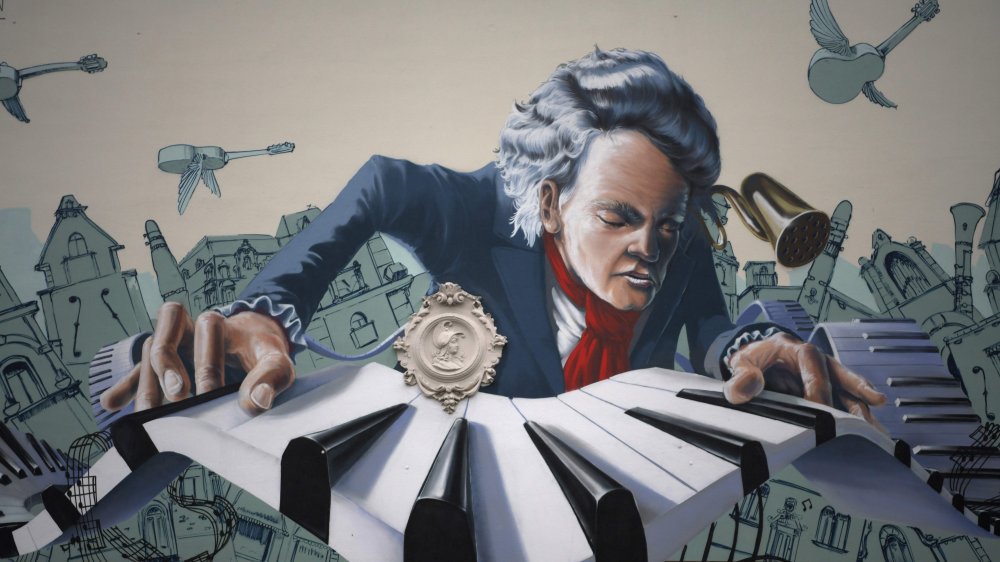
The Truth About The Royals Who Thought They Were Made Of Glass
One of the great joys of childhood is unbridled imagination, left to run riot over an otherwise everyday sort of world. The living room floor is an ocean — we’re dolphins, so let’s swim across it! We’re horses, and the lawn is our pasture where we run free! And let’s not forget the floor being lava. Maybe we have to be kangaroos to get from spot to spot safely.
There’s a nifty line between imagination and mental illness. It isn’t always clear — we all have those relatives or friends who might seem just a bubble off plumb, and maybe they’re really artistic and maybe they’re really interesting and maybe they’ll stop calling at 3 in the morning to share their newest idea for the Great American Novel. Pretending, every so often, sidesteps from imagination to what’s perceived as reality. Sometimes a reality nobody else encounters.
Take, for instance, the phenomenon of “the glass delusion,” which seemed to afflict a number of people in early modern Europe — around the 15th to 17th Centuries, says Psychology Today. The individuals so afflicted were convinced that their bodies were made of glass — and not the bulletproof kind of glass that might actually be helpful if, say, you’re a professional skateboarder. Sometimes the individuals were worried about a specific body part; sometimes it was internal organs. It became so common as to almost appear to be an epidemic.
The delusion convinced some that they were glass vessels, like pitchers
The delusion seemed to strike wealthy, educated males, though women also suffered from it. As History tells it, Princess Alexandra Amelie, daughter of the “recently abdicated” King Ludwig I of Bavaria, was about 23 when she became convinced — or discovered; your choice — that within her was a full-sized piano made of glass, which she’d swallowed as a child. And now, any sudden movement or sharp impact would shatter the instrument. (That could not have been good.)
One of the more prominent examples was King Charles VI, who ruled France for 40 years in the late 14th and early 15th Centuries. How Stuff Works reports that he was convinced that he was made of glass and might easily break. Full disclosure: Charles was also known as Charles the Mad. (As in, not sane.) Other people were more specific: they were in reality a vase, or a pitcher, or some other glass receptacle.
Why glass? One theory is that glass was relatively rare and quite valuable during that period. If there’s a delusion of grandeur, it might well manifest itself in a delusion of a glass personage. Ancient Origins suggests it was a manifestation of a “fear of fragility and possibly a desire to transcend normal human existence.” Oddly, the delusion seems to have stopped occurring after about 1830, says the BBC, though everyone once in a while a case pops up even today.

The Weird Truth About Naegleria Fowleri, The Brain-Eating Amoeba

Here's What Would Happen To Earth If The Extinct Kronosaurus Lived Today

The Truth About Baba Vanga, The 'Nostradamus Of The Balkans'

The Bizarre Piece Of Hitler's Home That's Up For Auction

This Was T.S. Eliot's Odd Obsession

The Mysterious Deaths At Dyatlov Pass

The World's Most Haunted Cemeteries

Going Postal: Man Receives 55,000 Letters From The Same Company

Rolls-Royce Plans To Build Mini Nuclear Reactors By 2029

Really Dumb Things Criminals Were Caught Doing

























